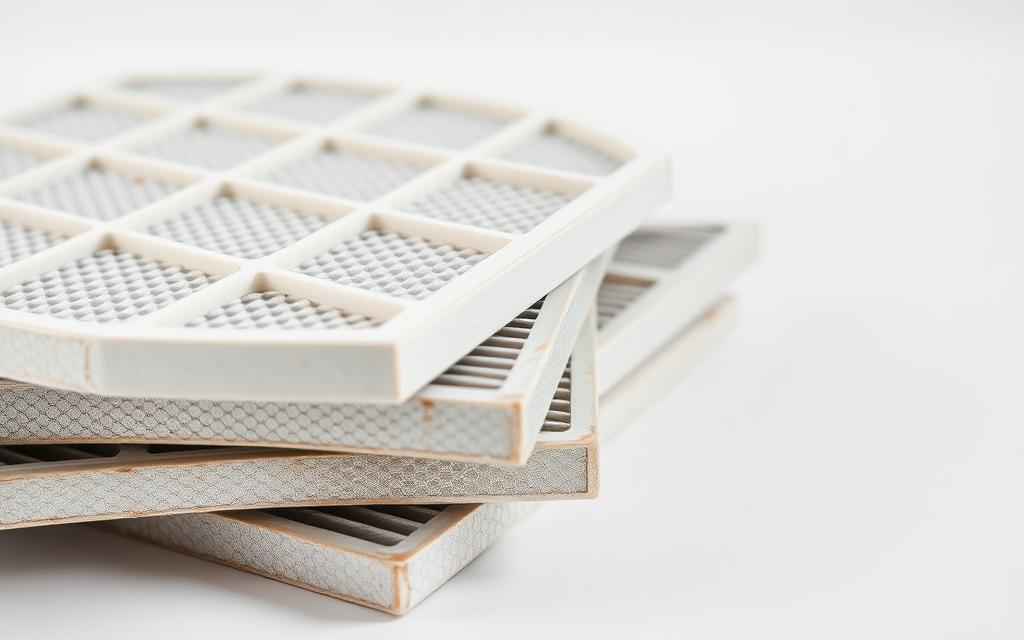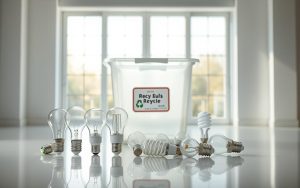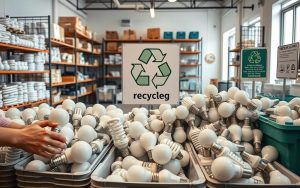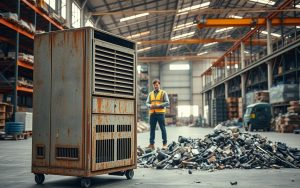Many homeowners are becoming more aware of the importance of proper disposal methods for old air filters. With environmental concerns on the rise, knowing how to handle these items responsibly is crucial. However, there’s a common misconception that all air filters can be recycled, which isn’t always the case.
Different types of filters, such as fiberglass, polyester, aluminum, and carbon, each come with their own disposal challenges. For example, fiberglass is non-biodegradable and can harm the environment if not handled correctly. Improper disposal of these materials can lead to long-term ecological damage.
This article aims to provide clear, actionable solutions for recycling or disposing of each filter type. By understanding the specifics, you can make informed decisions that benefit both your home and the planet.
Introduction: Why Recycling Air Filters Matters
Every year, millions of used furnace components end up in landfills, harming ecosystems. These discarded items contribute to microplastic pollution, which affects both wildlife and human health. With over 500 million units added to U.S. landfills annually, the need for proper disposal methods is urgent.
Manufacturing new components requires significant energy and resources. In contrast, recycling can reduce this demand, conserving materials and lowering carbon emissions. For example, producing one new filter consumes far more energy than processing a recycled one.
Improper disposal also impacts home heating systems. Clogged or inefficient components force HVAC systems to work harder, increasing energy use. This inefficiency can cost homeowners over $200 annually in wasted energy.
According to the EPA, accumulated debris from improperly discarded components can degrade indoor air quality. This poses health risks, especially for those with respiratory conditions. Understanding the lifecycle of these materials is essential for making responsible choices.
Common materials like polyester take over 30 years to decompose. This long decomposition period highlights the importance of recycling or reusing these items whenever possible.
| Process | Energy Use | Environmental Impact |
|---|---|---|
| Manufacturing New Components | High | Increased carbon emissions |
| Recycling Used Components | Low | Reduced waste and emissions |
By adopting eco-friendly practices, homeowners can improve efficiency, save money, and protect the environment. Recycling is a small step with a big impact.
Are Air Filters Recyclable? Understanding the Basics
Understanding the recyclability of HVAC parts can reduce waste significantly. Not all components are created equal, and each type requires specific handling. This section breaks down the most common materials and their disposal guidelines.
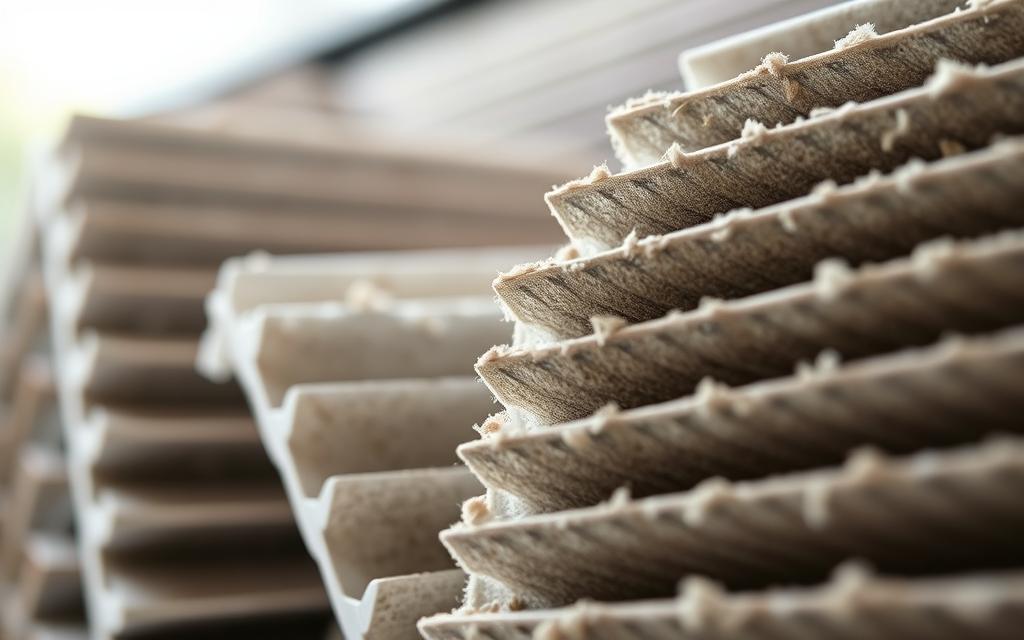
Fiberglass Filters: The Most Common Type
Fiberglass components are widely used due to their affordability. However, they are non-biodegradable and can harm the environment if not disposed of properly. Most recycling centers do not accept them, so they often end up in regular trash.
Polyester and Pleated Filters: Reuse Over Recycling
Polyester and pleated options are more durable and can sometimes be cleaned and reused. While recycling is an option, reusing them extends their lifespan and reduces waste. Always check manufacturer guidelines before attempting to clean or reuse these components.
Aluminum and Carbon Filters: Disposal Guidelines
Aluminum electrostatic components are generally trash-safe, but their low scrap value ($0.60/lb) makes recycling economically unviable. For carbon filters, remove plastic or metal parts before disposal. OSHA guidelines recommend wearing gloves and sealing charcoal residue in plastic bags to avoid inhalation risks.
“Proper handling of HVAC components ensures safety and environmental protection.”
Here’s a quick safety checklist for disposal:
- Wear gloves to protect your hands.
- Seal used components in plastic bags.
- Label bags as “non-hazardous debris.”
| Material | Disposal Method | Environmental Impact |
|---|---|---|
| Fiberglass | Regular Trash | Non-biodegradable |
| Polyester | Reuse or Recycle | Reduces waste |
| Aluminum | Trash or Scrap | Low recycling value |
| Carbon | Remove plastic/metal | Safe disposal required |
How to Recycle Air Filters: Step-by-Step Guide
Recycling HVAC parts doesn’t have to be complicated with the right steps. Whether you’re contacting local centers or trying DIY methods, there are ways to handle these items responsibly. This guide will walk you through the process.
Contacting Your Local Recycling Center
Start by reaching out to your nearest recycling facility. Not all centers accept HVAC components, so it’s essential to confirm beforehand. Some locations may have specific guidelines for handling old air filters or related materials.
Here’s what to ask:
- Do they accept HVAC parts?
- Are there any preparation steps required?
- What materials can they process?
DIY Recycling at Home
For those who prefer a hands-on approach, converting disposable parts to washable ones is an option. Use antimicrobial spray coatings to make them reusable. This method can save you up to $150 annually compared to buying replacements.
However, avoid washing fiberglass components. Doing so releases harmful airborne particulates, which can violate EPA PM2.5 limits. Instead, focus on electrostatic parts, which can last up to 10 years with proper care.
“DIY methods can extend the life of HVAC components while reducing waste.”
Here’s a quick cost comparison:
- DIY sealants: $20
- Annual replacements: $150
By taking these steps, you can make a positive impact from the comfort of your home.
Eco-Friendly Disposal Tips for Air Filters
Properly handling old HVAC components can significantly reduce environmental harm. Whether you’re using reusable options or disposing of them in regular trash, adopting responsible methods is key. Here’s how to manage these items sustainably.
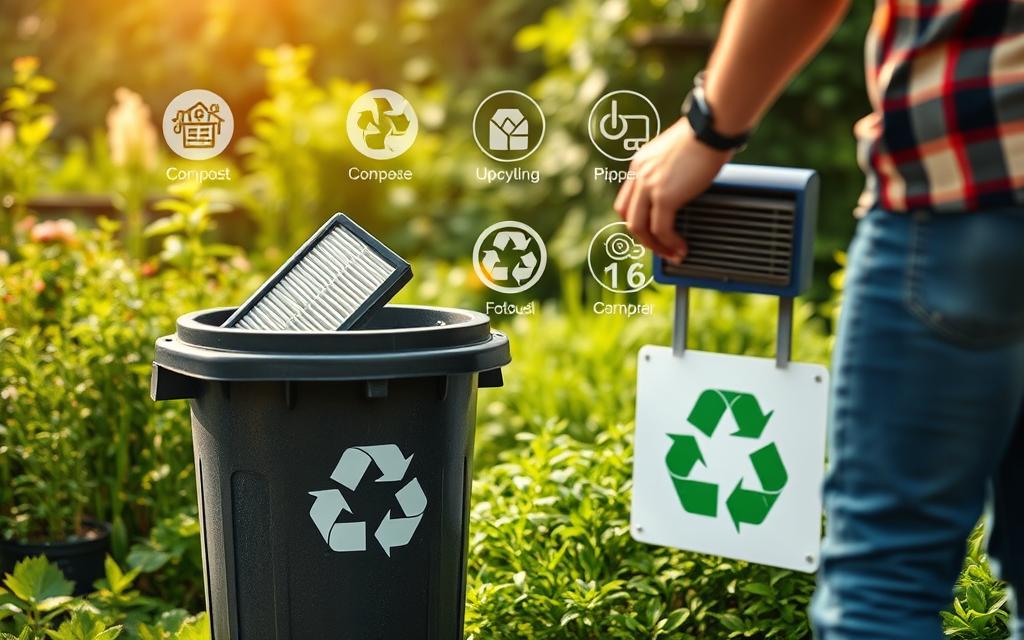
Using Reusable Filters
Reusable options are a great way to minimize waste. These components can be cleaned and reused multiple times, reducing the need for frequent replacements. Always follow manufacturer guidelines to ensure proper maintenance and longevity.
For example, electrostatic parts can last up to 10 years with regular care. This not only saves money but also reduces the environmental impact of manufacturing new components.
Proper Disposal in Regular Trash
When reusable options aren’t feasible, proper disposal in regular trash is essential. For carbon filters, separate plastic or metal parts before disposal. Aluminum components are generally trash-safe but should be handled with care.
Here’s a quick guide to bagging techniques:
- Use double-layer 2mm plastic bags for added safety.
- Seal bags with duct tape to prevent leaks.
- Label bags as “Do Not Compact” to avoid damage.
Municipal guidelines in cities like NYC and L.A. provide specific protocols for disposing of these items. Always check local regulations to ensure compliance.
“Responsible disposal methods protect both homes and the environment.”
Prohibited actions include burning, which releases harmful dioxins, and dumping, which can result in fines up to $25,000. By following these tips, you can make a positive impact while maintaining a clean and efficient home.
| Material | Disposal Method | Tips |
|---|---|---|
| Carbon | Separate components | Use sealed plastic bags |
| Aluminum | Regular trash | Label bags clearly |
Types of Air Filters and Their Environmental Impact
Choosing the right HVAC components can significantly impact both home efficiency and environmental sustainability. Different types of materials and designs offer varying levels of performance and eco-friendliness. Understanding these differences helps homeowners make informed decisions.
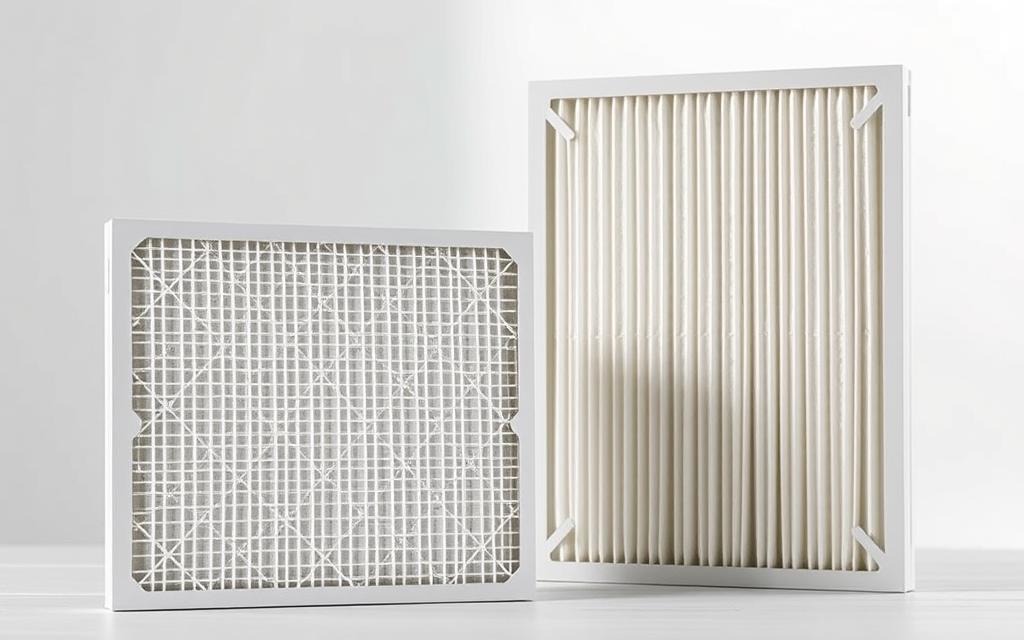
Flat Filters vs. Pleated Filters
Flat components are often made from fiberglass, which is affordable but non-biodegradable. Pleated options, typically constructed from polyester, offer better filtration and durability. While flat components are cheaper, pleated ones can last longer, reducing waste over time.
Pleated designs also have a higher MERV rating, capturing more contaminants. This makes them a better choice for improving indoor air quality. However, their increased efficiency can lead to higher energy use in HVAC systems.
Electrostatic and HEPA Filters
Electrostatic components use static electricity to trap particles, making them reusable for up to a decade. This longevity reduces the need for frequent replacements, minimizing waste. In contrast, HEPA filters capture 99% of contaminants but need replacement every 12 months.
While HEPA filters are highly effective, their frequent replacement increases waste. A case study from a Boston hospital showed that switching to HEPA reduced waste by 1.2 tons annually. However, their higher MERV rating (13-16) can strain HVAC systems, leading to increased energy consumption.
“Emerging UL ECOLOGO-certified components meet NSF/ANSI 426 sustainability standards, offering a greener solution for homeowners.”
Here’s a quick comparison of these options:
| Type | Lifespan | Environmental Impact |
|---|---|---|
| Flat | 1-3 months | Non-biodegradable |
| Pleated | 3-6 months | Reduces waste |
| Electrostatic | Up to 10 years | Minimal waste |
| HEPA | 12 months | High efficiency, higher waste |
By understanding the environmental impact of different HVAC components, homeowners can choose the best solution for their needs. This not only improves home efficiency but also supports sustainability efforts.
Conclusion: Making Responsible Choices for Air Filter Disposal
Taking small steps toward eco-friendly HVAC maintenance can make a big difference. Reusable options, like electrostatic components, prevent over 120 disposables from ending up in landfills. This simple switch supports a healthier environment and reduces waste.
Always cross-reference packaging details with the EPA’s SMM Prioritization Tools for proper disposal guidelines. For seasonal needs, consider a hybrid approach: use HEPA during allergy season and switch to electrostatic off-peak. This balances efficiency and sustainability.
For personalized advice, contact A-1 United at 402-593-7500. Their experts can guide you toward the best solution for your home. Ready to start your green transition? Schedule a free HVAC efficiency audit today and take the first step toward a more sustainable future.
For more insights on responsible disposal, check out this detailed guide.

